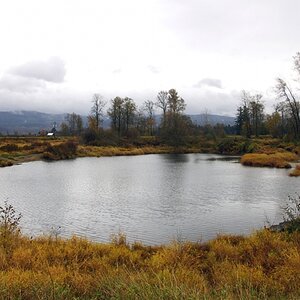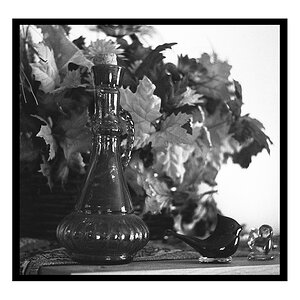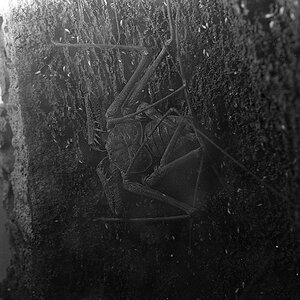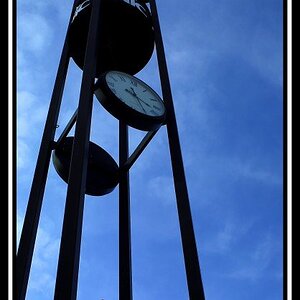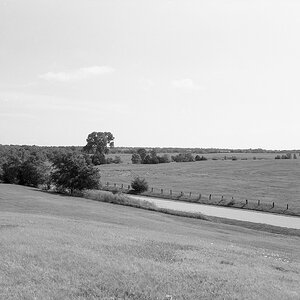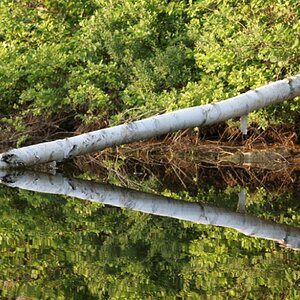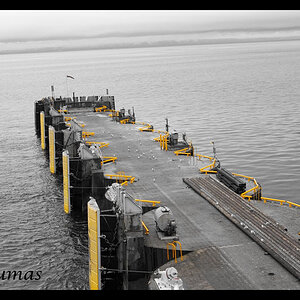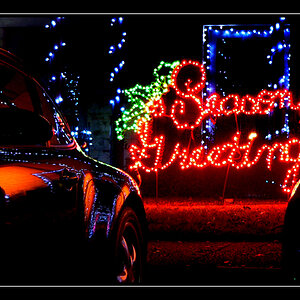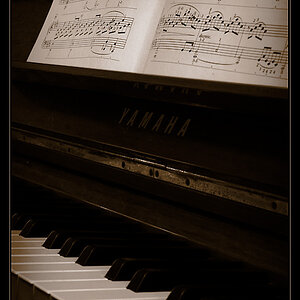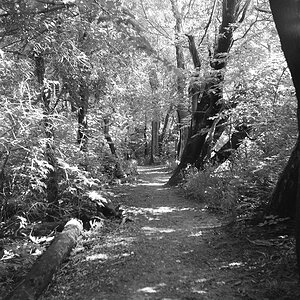benlonghair
TPF Noob!
- Joined
- Jun 1, 2009
- Messages
- 1,072
- Reaction score
- 0
- Location
- Woodstock, CT
- Can others edit my Photos
- Photos OK to edit
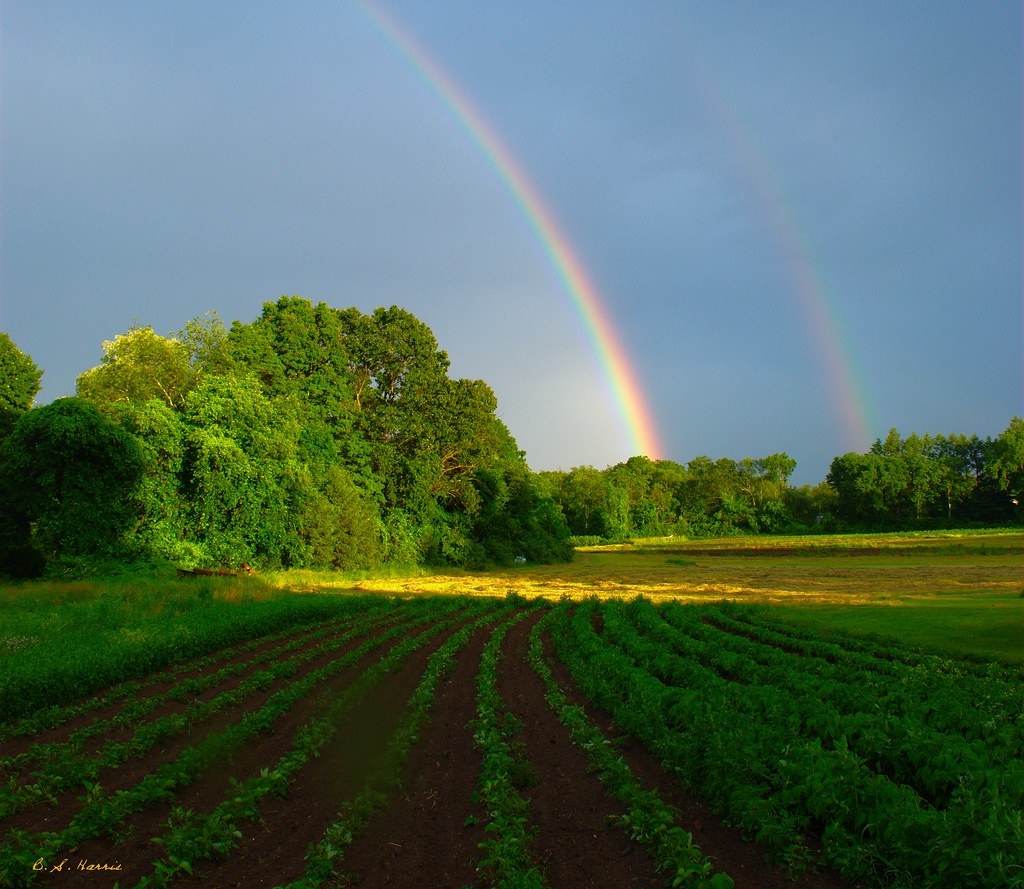
Took this last night. I like the photo, but that green blob in the lower left hand corner is ugly as hell.
I think it's lens flare coming off my UV filter (which I have taken off my 35 and now will take of my 18-55) but I'm not sure. It's definatly not stuff on the sensor because it's in the same place on the photo regardless of the orientation of the camera.
Opinions?


